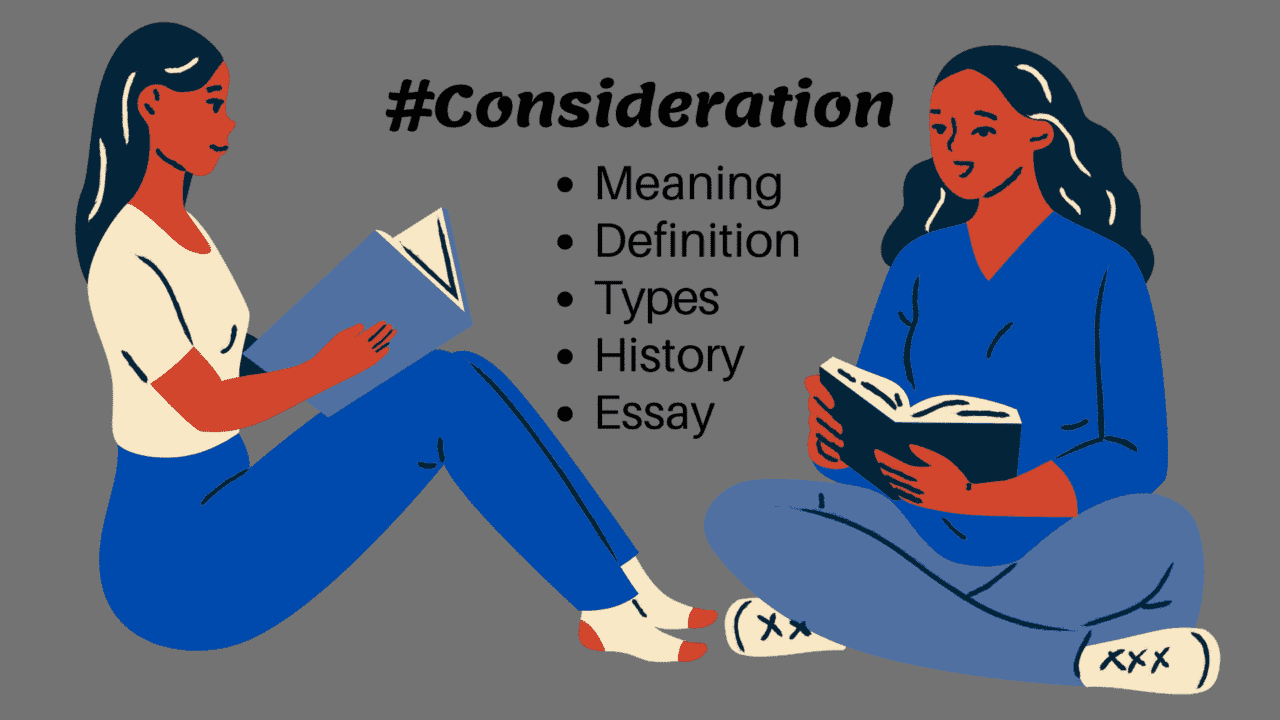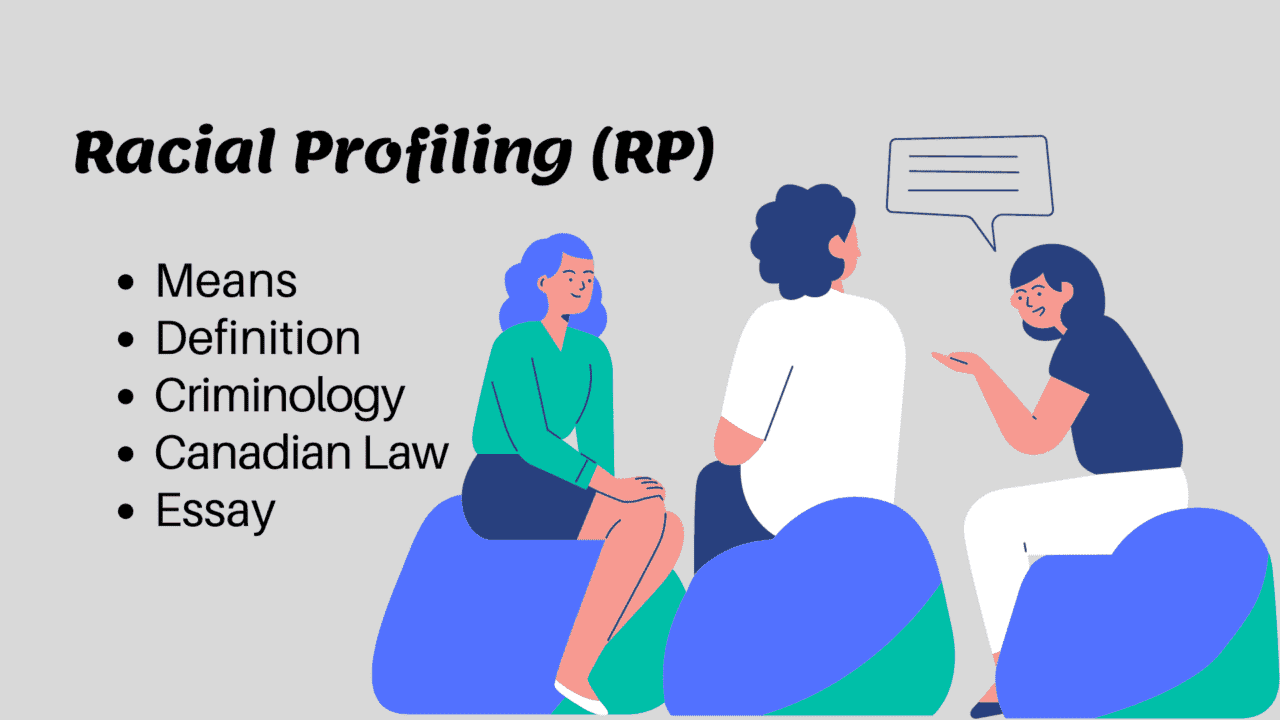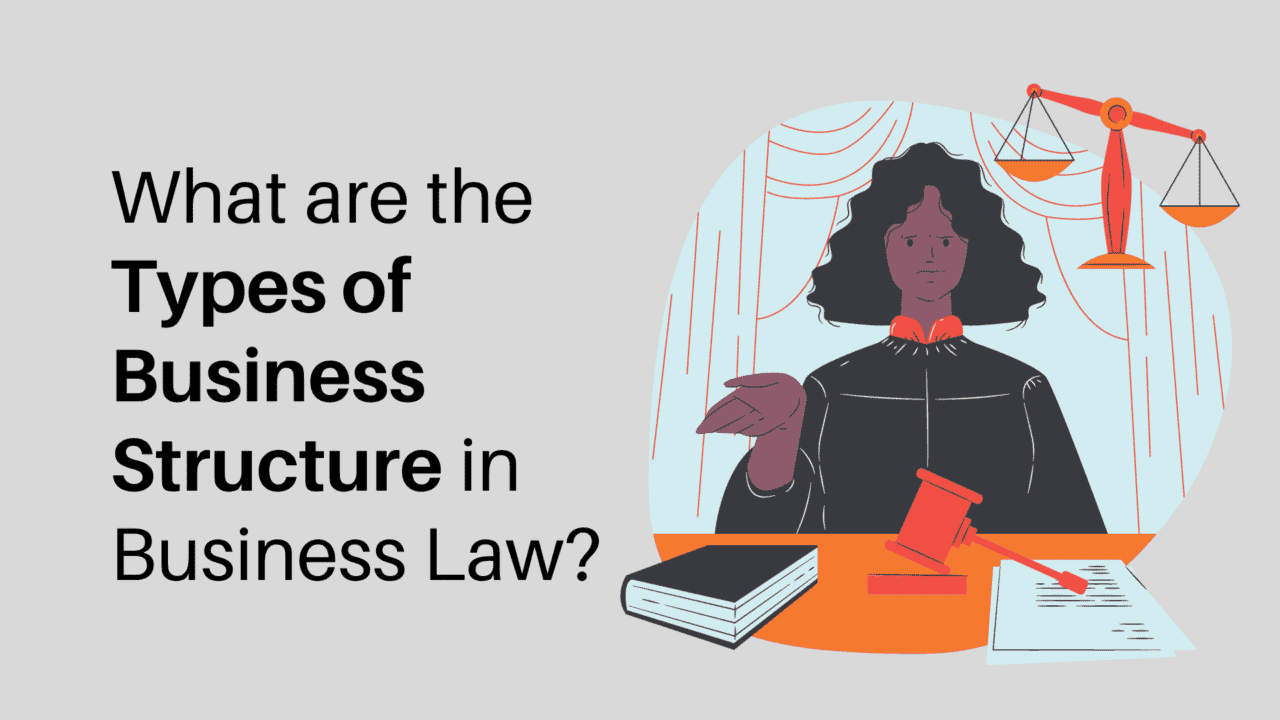Since September 2008, the first individual law firm in Taizhou City has been officially listed. This means that the organizational form of law firms that coexist in the three forms of state-owned capital, cooperation, and partnership has begun to change in Taizhou City, making the development model of law firms have to reshuffle, not only injecting fresh blood into the silent law firm development model but also bringing new opportunities and problems to the survival and development of individual law firms. It relates to Person Law Firm in Management Systems.
Here are the articles to explain, Development status of the individual law firms in Taizhou
Individual law firms are a new type of law firm organization form stipulated in the revised “Lawyers Law”. The new “Lawyers Law” stipulates that in the establishment of an individual law firm. In addition to having a standardized name, a fixed practice place, and articles of association. The founder should also meet the conditions of having more than 5 years of practice experience. A lawyer who does not punish for ceasing practice and has assets of more than 100,000 yuan.
A law firm opened by an individual, as a lawyer’s practice institution funded by an individual lawyer and subject to unlimited liability for the debts of the law firm with all personal assets, has the advantages of clear responsibilities, low cost, close to the people, and convenient service. This is conducive to further promoting lawyers to enter towns and communities, and better provide legal services to the grass-roots people. According to statistics from the Taizhou Bar Association, as of March 30, 2013. There were 85 law firms and 805 lawyers in Taizhou City, including 56 partnership firms and 29 individual firms.
Essay
The proportion of individual law firms is 31.12%. In just five years, Taizhou individual law firms have grown from scratch to account for more than one-third of the total number of law firms. The momentum is rapid, fully reflecting the natural rationality and necessity of new things when they develop promptly. As judicial administration or peer management, the research on the new thing of individual law firms should also follow up simultaneously, and in the process of development. We should further explore how to improve the practice management regulations of individual law firms. To promote the healthy and stable development of such institutions in the legal service industry.
Based on the analysis of the work summary of the Taizhou Bar Association in 2012 and the investigation of visits, the author believes that individual law firms in Taizhou generally have a small scale, personnel, unclear professional division of labor, lack of high-quality talents, simple internal organization, unreasonable level of personnel positions, unreasonable ability structure and other outstanding problems, law firms lack competitiveness, poor risk resistance, weak management, gaps in legal culture construction and other status quo.
Performance
Its specific performance is as follows:
- Individual law firms hire a small number of lawyers, mainly centered on the establishment of law firms, and at most hire 1 to 3 full-time lawyers or several paralegals.
- The qualifications of practicing lawyers in individual law firms generally meet the requirements of undergraduate degrees. But there are few or relatively few graduate degrees or above.
- Individual law firms have existed established for a short period. And generally lack an outline of the medium- and long-term development plan of the law firm.
- Most of the average annual income of individual law firms after their establishment stands limited to less than 500,000 yuan. Their economic income-generating strength stands relatively limited, and a stable income-generating model does not yet form.
- The remuneration system of practicing lawyers in individual law firms is relatively chaotic, and remuneration calculates by commission, award, or coexistence. Individual law firms use an internal collection of annual fixed management fees to issue invoices on their behalf.
- The main business scope and types of individual law firms mainly concentrate on the traditional lawyer business level. They lack the expansion of new business areas under the new economic conditions.
- The internal management regulations of individual law firms are simplified and risk prevention is weak.
- The construction of the legal culture of individual law firms is blank, lacking the cultural charm and brand sense of the law firm.
The existence of these problems
In addition, the current restrictions caused by regional economic conditions are generally directly related to the low political and social status of lawyers, fewer opportunities to participate in social management, poor channels, and the “three difficulties” of practicing law. The problem has not existed effectively alleviated, and the awareness of service urgently needs to improve.
The author believes that the more important thing is that the management of individual law firms is relatively simple and extensive. There are many internal problems and industry norms regarding the management of individual law firms. That have stood formulated in judicial administration stand also relatively weakened. Which has led to frequent violations of personal law firms, and even criminal disadvantages.
Today’s lawyers stand generally recognized as wealthy. But more important than money and material is to respect and gain the trust of society. To achieve this goal, lawyers must have good professional ethics, behavioral habits, and integrity higher than the general social group. From 2008 to the present, there have been more violations by individual law firms or lawyers in Taizhou City. The emergence of these situations is largely related to the lack of supervision of individual law firms. Next, Management defects of Personal Law Firms in Taizhou.



















